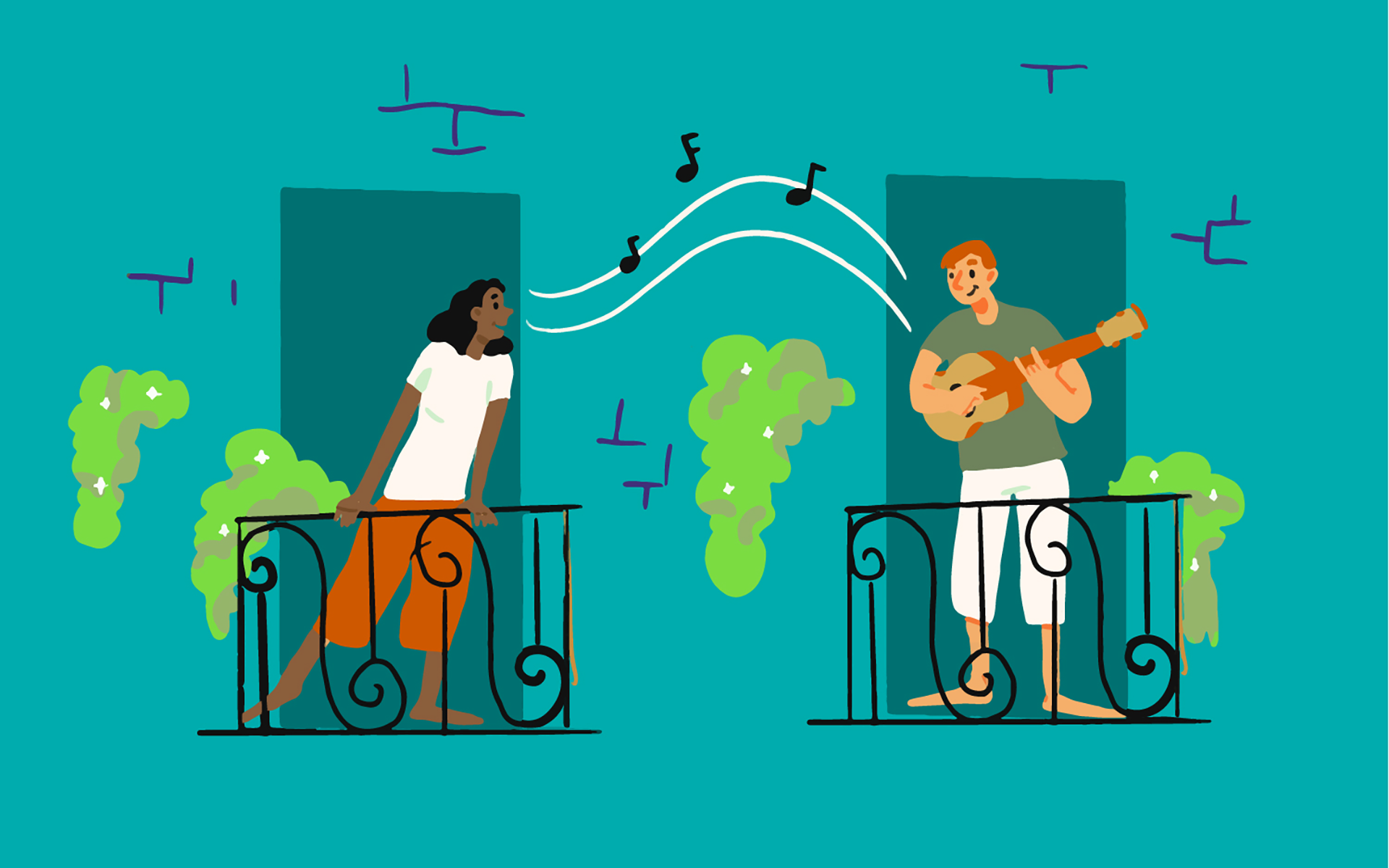Difficulty is never monotone. It’s a symphony of high and low emotions, thoughts, and sensations. Mixed in with the cacophony of horrible is often some good.
During the pandemic, I’ve delighted in the California poppies blooming in my front yard and laughed while giving my daughter an extraordinarily uneven haircut with a pair of dull scissors.
It can feel wildly inappropriate to feel delight or to giggle amid such worldwide suffering. Sometimes we feel guilty for feeling good. Certainly, more than a few of us have felt the spiky tendrils of guilt arise after a wave of pleasure that’s risen and fallen within us during the COVID-19 crisis. “Who am I to be happy when others grieve?”
When our spirits are buoyed, it’s easier to be kind to others. Think of paying attention to the positive as a public mandate that uplifts everyone.
And, yet, it’s vital to connect to the glimmers of positivity that shine through adversity because they keep our hearts afloat and give us hope.
Famed relational therapist Esther Perel recently told followers on her YouTube channel that feelings of play, imagination, curiosity, exploration, and pleasure are survival tools that help us counter despair.
Positive emotions are a life raft in a sea of uncertainty and heartache. And accessing moments of good can not only help us, it can help those we care for and interact with throughout the day. When our spirits are buoyed, it’s easier to be kind to others. Think of paying attention to the positive as a public mandate that uplifts everyone.
Pay Attention to the Quiet Comforts
Doing so takes intention and practice. Fear and worry commandeer our attention. But the hope that bubbles up when we see a dandelion boldly growing in a sidewalk crack or the comfort of a cup of Earl Grey are quieter—it can be easy to miss them altogether if we’re not looking for them.
This isn’t to say that we should pretend there isn’t melancholy—and a whole host of other emotions that arise in the continued fallout from the pandemic. We can greet those difficult emotions with kindness.
Then, we can turn toward welcoming feelings of gladness, amusement, relaxation, and the like. We can celebrate our capacity to feel the rainbow of emotions in both good and bad times. And if you need a little help doing so, here are three embodied mindfulness practices to nurture the positive during difficulty.
1. Smile
It’s simplistic to say that smiling can make you happy. And yet, scientists in the field of embodied cognition have long known that how we move affects how we feel and think. “Your face does a lot more than simply express your emotions; it affects how you register those emotions inside your head and remember them. Frowning and smiling actually create different emotions and attitudes; they’re not just the physical result of a mood,” writes Sian Beilock, president of Barnard College and a cognitive scientist who wrote “How the Body Knows Its Mind: The Surprising Power of the Physical Environment to Influence How You Think and Feel.”
Smiling throughout the day is lovely. But it’s a powerful practice to smile during meditation and fully connect to the physical and emotional sensations that arise. As you begin or end a meditation, invite a gentle smile to your face. Notice if your mood brightens like a light on a dimmer switch. Does a feeling of warmth spread through the core of your body and into your chest? If you like, combine smiling with positive imagery. Imagine yourself doing what you love or picture a movie of joyful memories in your mind’s eye. When positive feelings subside, renew a gentle smile, and refocus on the imagery.
2. Come to Your Senses
Our senses alert us to danger. But we also experience pleasure through sight, sound, taste, touch, hearing, and smell. By mindfully coming to our senses, we can more fully experience everything from peace to awe to rejuvenation. Whenever I pet the silken fur of my cat, Peter, I feel soothed. At dusk, when I watch the street lamps outside my kitchen window illuminate the evening quiet, I feel content. And there’s nothing like the bracing, full-body tingling of a cold shower to re-energize my weary body.
Slowing down and savoring the good that arrives through your senses is a grab-and-go mindfulness practice available in every moment. It also has the added benefit of redirecting your attention from a mind whirling with future worries into a body that’s always in the present. To attune yourself to your senses, wake up slowly in the morning. Feel the warmth of the sheets against your skin. Notice the coolness of the floor beneath your feet as you rise to meet the day. Listen to the dawn chorus of blackbirds out your bedroom window and, by all means, smell the coffee.
3. Spark Joy
Many years ago, when I was in labor, my obstetrician asked me what music I wanted to hear during delivery. My daughter greeted the world to the Beatles’ “Here Comes the Sun.” That song still brings me joy. A meta-analysis of research published in The Lancet medical journal in 2015 showed that music played during and after medical procedures reduces anxiety and pain. By listening to music as a singular object of our focus, we can also evoke feelings of interest, ease, and bliss. The possibilities for how we can positively influence our mood through music are as endless as a Spotify playlist. To spark joy through music, grab a pair of headphones and select songs that make you happy. Take a seat and as you devote yourself to listening, allow the music to envelop your awareness. Soak in whatever positive emotions, images, or sensations arise.
Join Kelly Barron on May 6 at 3 p.m. ET for a live guided meditation on the Mindful.org Facebook page.







